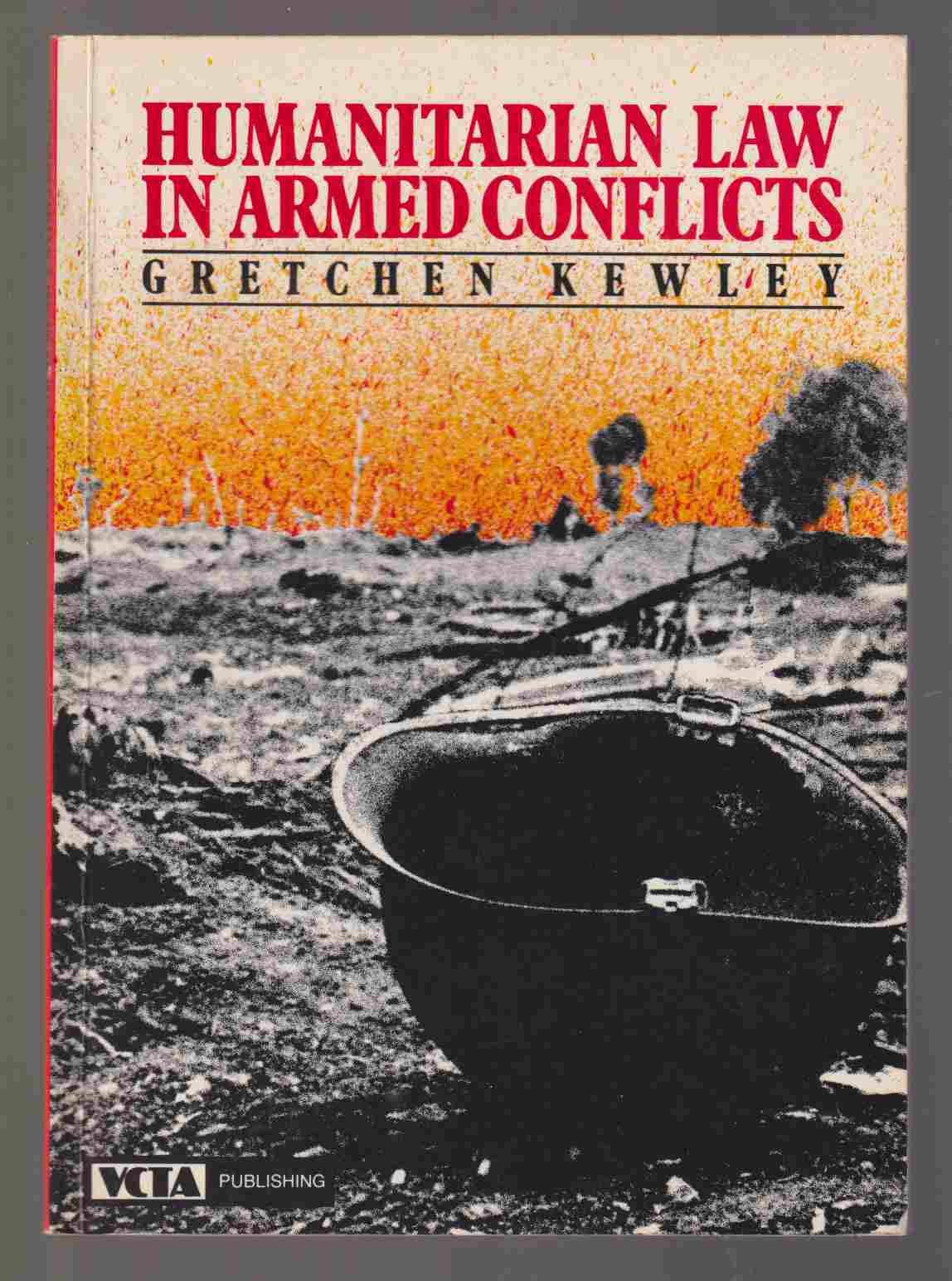
International humanitarian law does not apply to ‘internal disturbances and tensions, such as riots, isolated and sporadic acts of violence and other acts of a similar nature’. When does international humanitarian law apply?


However, the circumstances prevailing in some contexts may require to slightly zoom out as the military actions of these groups often appear to be closely connected with the operations undertaken by other belligerents, which may justify an analysis taking into account the collective dimension of the fighting. In some situations, the activities of distinct armed groups might not reach a sufficient level of intensity to reach the threshold of a NIAC when looked at separately and individually. This also makes it difficult to identify the groups that could be considered as parties to armed conflicts under international humanitarian law (IHL), as well as the role of each actor in the violence. These complex situations pose obvious challenges to determining the legal framework applicable when violence erupts, as it is often difficult to have a comprehensive understanding of the structure and organization levels of various actors, their involvement in the armed confrontation, or the relationships between them. There is a growing tendency for NIACs to be fought in coalitions, with a number of States or armed groups joining forces and State militaries partnering with armed groups. An important number of non-international armed conflicts (NIACs) today involve two or more parties fighting on the same side against a common enemy or common enemies. Among the patterns of evolution of warfare, one is certainly the multiplication of actors participating in the violence.

Libya, the Sahel and Syria are just a few exemplary contexts where the number of armed groups involved in the violence has skyrocketed. In Syria, the armed conflict has sparked the creation of a wide array of armed groups since 2012. Across the Sahel, various armed groups operate with different structures and motives, some of which are functioning under umbrella organizations such as the JNIM.


 0 kommentar(er)
0 kommentar(er)
